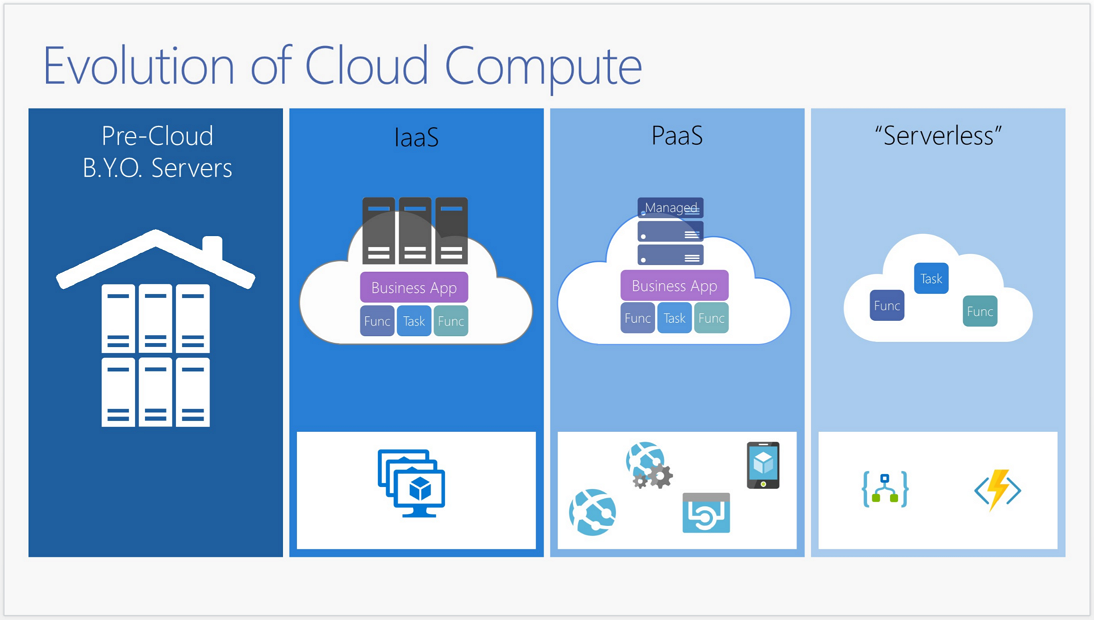Notes for Logic Apps around Webhook Actions
Azure Logic Apps (Logic Apps) is one of serverless services that Azure is offering. Of course the other one in Azure is Azure Functions (Functions). Logic Apps consists of many connectors and triggers to interconnect services outside Azure. A webhook connector is one of them which has unique characteristics to the others. In this post, we are briefly looking at some tips we should know when we use webhook actions in a Logic Apps workflow.… [Keep reading] “Notes for Logic Apps around Webhook Actions”

